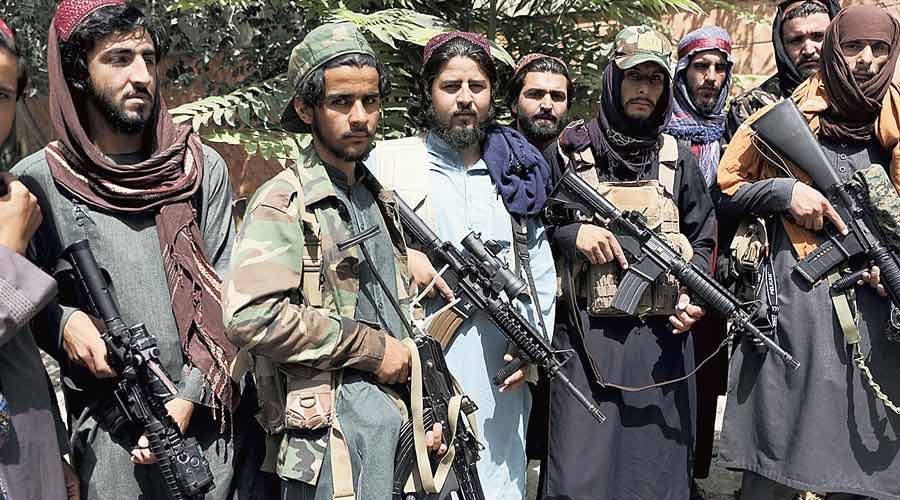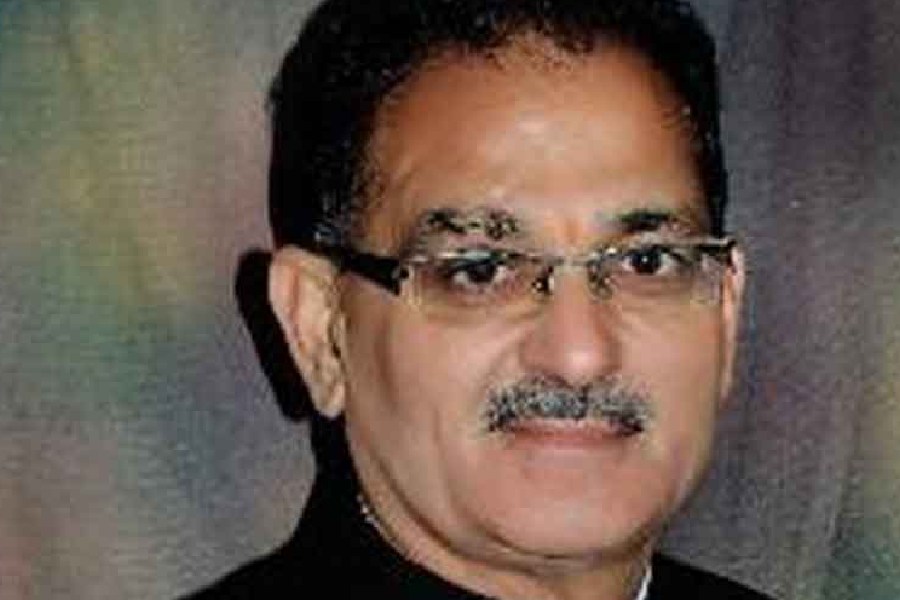The Taliban faced the first street protests on Wednesday against their takeover of Afghanistan, with demonstrations in at least two cities, even as they moved to form a new government.
A public display of dissent in the northeastern city of Jalalabad was met by force. Taliban soldiers fired into the crowd and beat protesters and journalists.
According to witnesses, three people were killed and dozens injured in the firing, reports Reuters.
The Taliban had taken control of the city, a commercial hub east of Kabul near the main border crossing with Pakistan, four days earlier without much of a fight after a deal was negotiated with local leaders. This week, the Taliban have been out in large numbers, patrolling the city in pick-up trucks seized from the now defunct police force.
Despite the risks, hundreds of protesters marched through the main shopping street, whistling, shouting and bearing large flags of the Afghan Republic. Taliban fighters fired in the air to break up the crowd, but the protesters did not disperse, video aired by local news media outlets showed.
For the new Taliban government, the jarring images of violence at the protest — as well as images of chaos and people being beaten while trying to approach Kabul’s airport in an attempt to flee the country — have undermined their efforts to present themselves as responsible stewards of the government.
In Khost, in the southeastern part of the country, there were also demonstrations, with dramatic photos and video showing hundreds of people taking to the streets.
The outpouring of public anger came as the Taliban prepared to offer details on the shape of their government, naming ministers and filling key positions.
The younger brother of a top Taliban leader met in Kabul on Wednesday with former President Hamid Karzai and Abdullah Abdullah, the chairman of the Afghan delegation to the recent peace talks in Qatar. He was accompanied by the speaker of Afghanistan’s upper house of Parliament.
The meeting was further evidence of the group’s determination to gain international acceptance.
It followed a news conference on Tuesday in which the Taliban offered blanket amnesty, vowing no reprisals against former enemies.
“We don’t want Afghanistan to be a battlefield anymore,” Zabihullah Mujahid, the Taliban’s longtime chief spokesman, said. “From today onward, war is over.”
While many were sceptical of those assurances, in Kabul the rhythms of daily life started to return — but they were in many ways circumscribed.
Fewer women
There were noticeably fewer women on the streets. Some of those who ventured out did not cover up in the traditional burqa, the full-length shroud that covers the face that was required the last time the Taliban ruled. At homes and businesses, a knock on the door could stir fear.
It remains to be seen whether the pragmatic needs of a nation of 38 million will continue to temper the ideological fanaticism that defined the group’s rule from 1996 to 2001. But the country the Taliban now control is vastly changed from two decades ago.
The progress of women — women in critical roles in civil society and millions of girls in school — is the most visible example.
But years of western investment in the country also helped rebuild a nation that was in a state of ruin when the Taliban first emerged.
The protests offered early signs that many Afghans will not simply accept Taliban rule.
The Afghan government’s failure to meet people’s basic needs helped fuel support for the Taliban. That allowed them to sweep across the country swiftly — often not by military force, but by negotiation with frustrated local leaders.
The arrival of the Taliban clerics also set off widespread fear. Tens of thousands are still trying to escape.
New York Times News Service and Reuters










